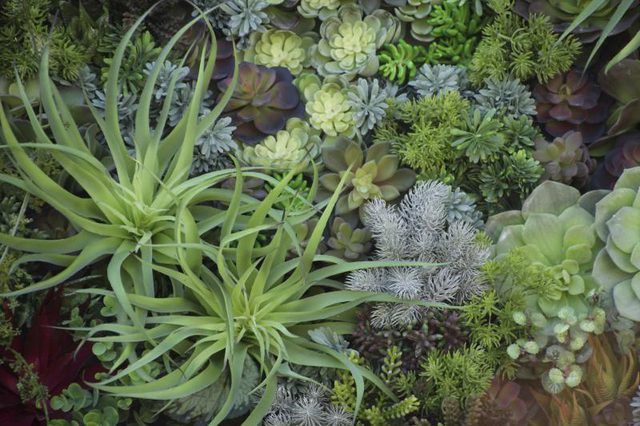Bulbs
Flower Basics
Flower Beds & Specialty Gardens
Flower Garden
Garden Furniture
Garden Gnomes
Garden Seeds
Garden Sheds
Garden Statues
Garden Tools & Supplies
Gardening Basics
Green & Organic
Groundcovers & Vines
Growing Annuals
Growing Basil
Growing Beans
Growing Berries
Growing Blueberries
Growing Cactus
Growing Corn
Growing Cotton
Growing Edibles
Growing Flowers
Growing Garlic
Growing Grapes
Growing Grass
Growing Herbs
Growing Jasmine
Growing Mint
Growing Mushrooms
Orchids
Growing Peanuts
Growing Perennials
Growing Plants
Growing Rosemary
Growing Roses
Growing Strawberries
Growing Sunflowers
Growing Thyme
Growing Tomatoes
Growing Tulips
Growing Vegetables
Herb Basics
Herb Garden
Indoor Growing
Landscaping Basics
Landscaping Patios
Landscaping Plants
Landscaping Shrubs
Landscaping Trees
Landscaping Walks & Pathways
Lawn Basics
Lawn Maintenance
Lawn Mowers
Lawn Ornaments
Lawn Planting
Lawn Tools
Outdoor Growing
Overall Landscape Planning
Pests, Weeds & Problems
Plant Basics
Rock Garden
Rose Garden
Shrubs
Soil
Specialty Gardens
Trees
Vegetable Garden
Yard Maintenance
How to Grow Succulents
How to Grow Succulents. Plants don't earn succulent status through botanical names and family ties. The term encompasses unrelated plants linked by shared characteristics. Most significantly, succulents **store water** in stems, leaves or roots -- and draw on reserves as needed. These **low-maintenance**, drought-tolerant plants often offer...

Plants don't earn succulent status through botanical names and family ties. The term encompasses unrelated plants linked by shared characteristics. Most significantly, succulents store water in stems, leaves or roots -- and draw on reserves as needed. These low-maintenance, drought-tolerant plants often offer striking foliage color, too.
Stem succulents, which store water in stem segments, include the vast cactus family (Cactaceae family). Rosettelike hens-and-chicks (Sempervivum spp.) and colorful echeverias (Echeveria spp.) store water in their leaves. Succulents differ in many respects, but most share the same basic preferences.
Light Requirements
Most succulents prefer bright light to full sun, but many -- including desert dwellers -- need protection from intense rays. Many have waxy or hairy coverings that protect and limit water loss, but others are remarkably tender. In native habitats, older plants provide essential shade. Gradually acclimate succulents to sun, especially young or recently purchased plants. Well-hydrated succulents generally withstand hot sun better.
Foliage colors often intensify in bright light, but this, too, varies by plant. Too much light can leaves stems and foliage pale and washed out. Overexposure scorches and damages tender plants. Too little light can cause plants to stretch, at odds with stems underneath. Hens-and-chicks normally fade in shade, but some afternoon protection extends rich color in hot climates.
Soil and Spacing Needs
Succulent success requires excellent drainage. If plants struggle, check drainage first. Loose, coarse soil allows for quick, thorough drainage and plentiful oxygen around succulent roots. Limit moisture-retaining organic matter; soggy soil spells succulent demise.
At planting, allow for a mature size spread plus 3 to 4 extra inches for most succulents. Slow-growing, elfin echeverias do well nestled side by side, but large varieties require 18- to 24-inch spacing. Distinctive rosettes need room. Plant small hens-and-chicks varieties at 4-inch intervals and give larger varieties 6 to 8 inches.
Container-grown succulents do best in gritty, sandy soil and breathable pots, such as terracotta, which allow evaporation and air exchange through all sides. Choose smaller pots just slightly bigger than succulent roots. Large pots hold more water and dry out slowly, increasing chances of water-related disease. Wet, poorly drained soil smothers roots.
Water and Fertilizer
Succulents tolerate drought, but that isn't their preferred condition. Most succulents flourish with consistent water during active growing seasons. Water deeply, then allow the soil to dry well before watering again. Water container-grown succulents weekly during their active season.
Limit water during dormancy, which varies by plant. Some succulents go dormant in cool winters, but others go dormant during summer heat. Follow natural rhythms for success.
Most succulents do best with limited nutrients. A gentle, diluted fertilizer during active growth benefits container-grown plants in particular. Use a water-soluble, 10-10-10 fertilizer or similar fertilizer at one-fourth strength. For example, mix 1/4 teaspoon per 1 gallon water, and use the solution each time you water. Never fertilize during dormancy.
Cold Hardiness
Most succulents keep their leaves for many years -- even minor cold damage mars their beauty. Cold hardiness varies significantly across the group. Echeverias, hardy in U.S. Department of Agriculture plant hardiness zones 8 through 11, don't tolerate frost. In cool climates, these beauties need movable containers that relocate easily.
At the other extreme, succulent sedums such as dwarf Spanish stonecrop (Sedum hispanicum var. minus, USDA zones 2 through 9), withstand minus 50 degrees Fahrenheit, tucked in your garden with 4- to 8-inch spacing. Hens-and-chicks thrive in USDA zones 4 through 8, without added winter protection. Choose succulents suited to your climate, match growing methods to your plants and move tender succulents indoors for winter before fall frosts arrive.